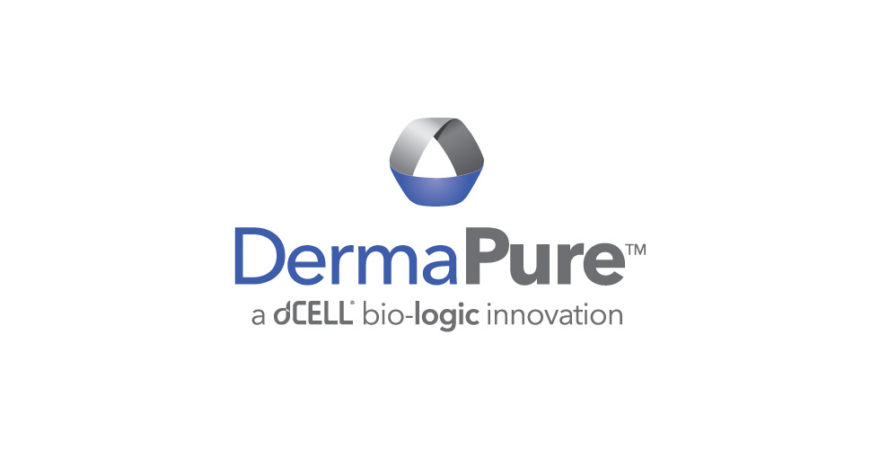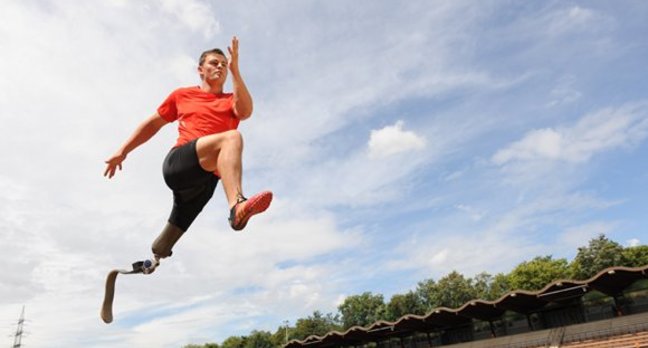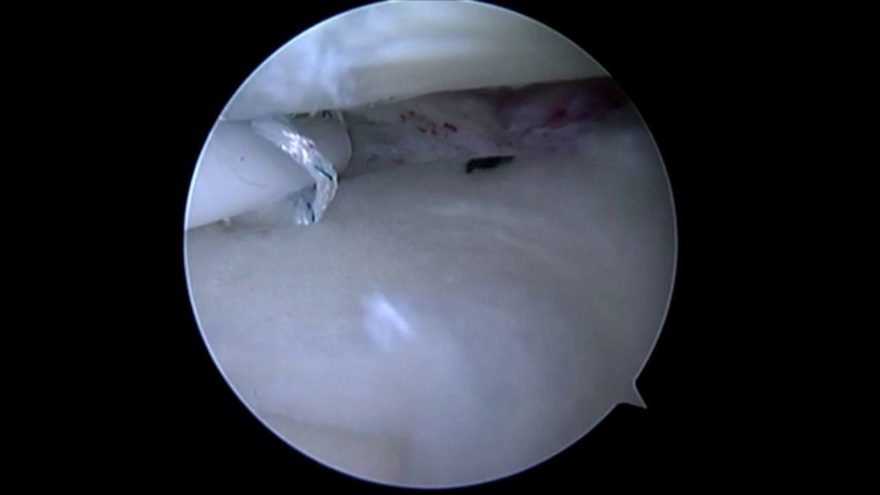ATLANTA, GA (PRWEB) SEPTEMBER 15, 2016
Meditech Spine has received the US Federal Drug Administration (FDA) 510(k) clearance to market the next generation of cervical plates to complement its Talos®-C (HA) line of interbody devices. Named in honor of CURE International, the CURE Anterior Cervical Plate (ACP) allows surgeons to utilize a next generation cervical plate along with its novel cervical interbody fusion device, cleared in 2015, and made from Invibio Biomaterial Solutions, PEEK-OPTIMA® HA Enhanced. A portion of proceeds from the sale of every plate will help CURE International treat patients in underserved areas who are in need of surgical care.
When a cervical disc wears out and loses height it can compress on nerves, causing neck pain, arm pain, and numbness or tingling in the arms and hands. These are common symptoms of Degenerative Disc Disease (DDD). A cervical decompression and fusion may help relieve the symptoms of DDD in the neck. It is estimated that over 300,000 cervical fusions are performed each year in the United States. The CURE ACP is the newest product offered by Meditech Spine to treat patients who need an anterior cervical fusion.
The CURE ACP is a titanium plate that incorporates a unique, patent pending, one-step locking mechanism to prevent screws anchored on the spine from loosening and backing out. It is also designed with a large graft window and streamlined instruments to make it easier on hospital and surgery centers to process the system.
The CURE ACP System is intended for anterior screw fixation to the C2 to C7 levels of the cervical spine. The system is indicated for use in skeletally mature patients for temporary stabilization of the anterior spine during the development of cervical spinal fusion in patients with DDD (as defined by neck pain of discogenic origin with degeneration of the disc confirmed by patient history and radiographic studies), spondylolisthesis, trauma (i.e. fractures or dislocations), deformity (defined as kyphosis, lordosis, or scoliosis), pseudarthrosis, and failed previous fusions.
Dr. Craig Humphreys, a board-certified spine surgeon, co-developer of the CURE ACP System, and founder of Kenai Spine, a center of excellence for spine care in Alaska, performed the first procedure with the CURE ACP in Soldotna, Alaska.
Meditech’s philosophy of giving back led to a partnership with CURE International, the namesake of the CURE ACP, an organization that serves children with physical disabilities in underserved areas of the world. Dr. Humphreys also has a relationship with CURE International, as he and the Kenai Spine medical team have visited the CURE hospital in Kijabe, Kenya, multiple times to provide direct surgical care, surgical training, and essential supplies.
“We are humbled to be part of the healing that will take place in the lives of so many because of the CURE ACP System. This innovative product, along with the generous hearts of those who utilize it, will not only help patients here in the United States, it will also help heal many children in underserved countries around the world,” said Rick Klein, CURE Internationals’s Senior Vice President of Development and Sustainability.
“One of our goals from the inception of our company was to partner with leaders across all spectrums. This includes surgeons, suppliers, manufacturers, and organizations like CURE International,” Eric Flickinger, Co-founder of Meditech Spine, noted.
Meditech Spine, LLC, is a growing spinal implant company that currently partners with leaders in the industry to design, develop, and distribute implant devices that make a positive difference in the market. Meditech’s pursuit of novel and innovative technologies drives the design and development team. As Meditech builds on its IP platform, it seeks strategic partnerships and applications to provide surgeons and patients with the best technologies available. Meditech’s belief in the spinal marketplace is to value and honor their partners and all who are touched by their interactions in the development and distribution process, so that each experience leaves a positive impact and impression upon those they serve. For more information, visit http://www.meditechspine.com.
ABOUT DR. CRAIG HUMPHREYS AND KENAI SPINE
At age 48, Dr. Craig Humphreys, a fellowship-trained orthopedic surgeon, left a busy spine practice in Tennessee to return home to where he grew up — Alaska. He and his family are back in Kenai and he is eager to use his skills in spine care to help the Kenai community. Dr. Humphreys’ goal is to provide the most advanced spine care for Alaska residents, particularly those in the Kenai region of the Central Peninsula. Traditionally, those people living with back pain or neck pain in places like Soldotna, Kenai, Anchor Point and Homer, often faced a three-hour drive to Anchorage. Our goal is to provide a more convenient option with the expertise of a fellowship-trained, board-certified orthopedic spine surgeon who has done more than 5,000 successful spine surgeries over his career. For more information, visit http://www.kenaispine.com.
ABOUT CURE INTERNATIONAL
CURE International is a Christian health care network that operates charitable hospitals and programs in 29 countries worldwide where patients experience the life-changing message of God’s love for them, receiving surgical treatment regardless of gender, religion, or ethnicity. Since 1998, CURE has had over 2.9 million outpatient visits, provided over 218,000 life-changing surgeries, and trained over 8,100 medical professionals. For more information, visit http://www.cure.org.
Caption & Copyright:
Talos® and Meditech logos are registered trademarks of Meditech Spine, LLC. All rights reserved.
PEEK-OPTIMA® is a registered trademark of Invibio, Ltd. All rights reserved.








